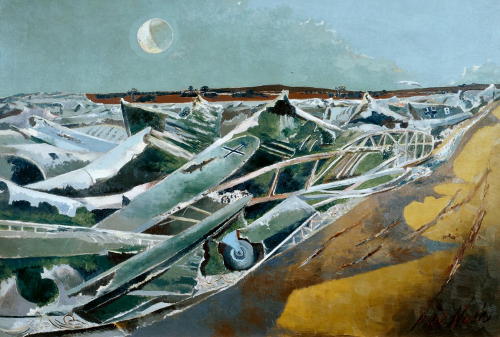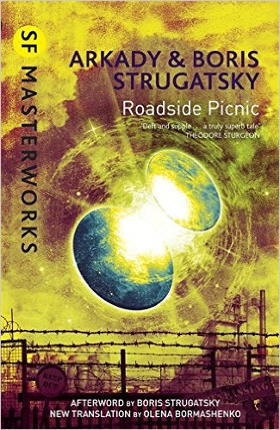
Roadside Picnic
By Arkady Strugatsky and Boris Strugatsky
Score : 4/5
This is a short novel by the Strugatsky brothers, written in the 1970's in the Soviet Union. The book was filmed by Andrei Tarkovsky as Stalker.
The premise is that aliens have visited Earth but no one saw them, and all that's left of their visit are a number of "zones" spread across the world, areas now contaminated with very strange and sometimes dangerous artifacts. The main character is Redrick "Red" Schuhart, a stalker, someone who goes into a zone to find and extract things to sell. It's like prospecting. It's a dangerous job because the objects might be very strange and possibly lethal: instantly or at some later time. The zone itself is full of almost supernatural elements and has effects on visitors, their minds and bodies, and also their children. Red's daughter is born with fur and referred to as the "monkey". This is all a bit strange, but compelling.
The story is almost a "hard-boiled" tale of misfits, criminals and police in a gold mine boom town but the unsettling strangeness and horror of the magical landscape at the centre makes the novel unique. Of course, Red makes a last expedition into the zone, in search of the wish-granting "golden sphere". At this point you also have a glimpse of the "meat-grinder".
A short book and a quick read, but something that will stay with you.
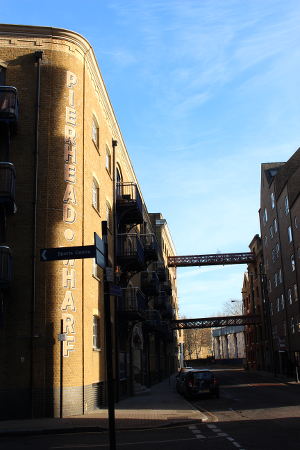
Not far from Tower Hill, and East of The Shard, lies the Wapping waterfront. An interesting area with a bit of history and character attached: and increasingly expensive like a lot of London. Having said that, when you are priced out of central London, expense is relative.

A lot quieter than Soho, it will take a bit of getting used to but it has its advantages. After the hustle and bustle of the West End, a quieter environment might even be one of them. Home on the bike via London Bridge and Elephant and Castle is a bit of a rat race though. Cycle routes to and from Wapping is a work in progress! A lot of regeneration has been going on down by the river for quite a while.
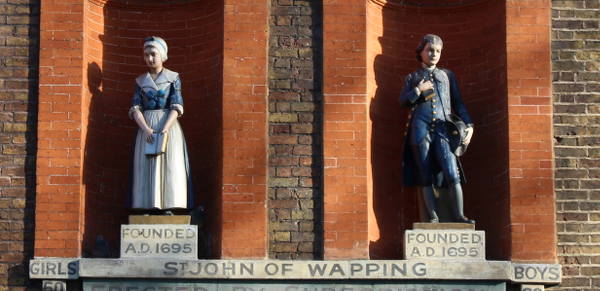
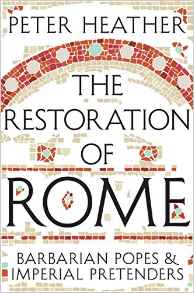
The Restoration of Rome
By Peter Heather
Score : 4/5
Heather's history book looks at three main characters who, wittingly or not, almost managed to restore a Western Roman Empire to existence after its dissolution in the mid-5th Century. Much of the huge amount of disruption of the 5th and 6th centuries was first caused by the eruption of the Huns into Europe, and subsequently the fighting over the spoils Attila and his tribe had accumulated. Enter the Goths.
Starting with Theoderic, King of the Ostrogoths. His high water mark covered all of Italy, Southern Gaul, Sicily and Spain, but it all disintegrated after he died in 526 AD with internecine fighting and the deaths (mostly unnatural) of successors.
Next we have Charles the Great, Charlemagne, King of the Franks and crowned Western Emperor in Rome in 800 AD, by the Bishop of Rome no less. His empire covered vast tracts of Europe (minus Spain, conquered by Islamic armies), including the Germanic heartlands over the Rhine and Northern Italy. But once again, family feud and a chronic inability to settle inheritance problems caused much to fragment a few generations after his death.
Heather then comes to the third "character", the Papacy. Initially content to play a small role in the Empire, and taking a subservient role to the Emperor even on matters of faith, the later Papacy truly found its voice. This was in large part due to the money and reformation initiated during and after Charlemagne, many changes in education and policy driven by northern Popes (the "barbarian popes" Heather mentions in the book title). Churchmen and educators were reacting aganist some serious Roman corruption in the 9th and 10th Centuries (the so-called Pornocracy).
Peter Heather doesn't shy away from using modern vernacular, or cultural references when explaining the way the world worked back then. His more laid back style might not always work but he pulls it off because he obviously knows his history and he manages to be both serious and sometimes funny. History should not be a dry discipline and this book isn't. It is a very good read because of that.
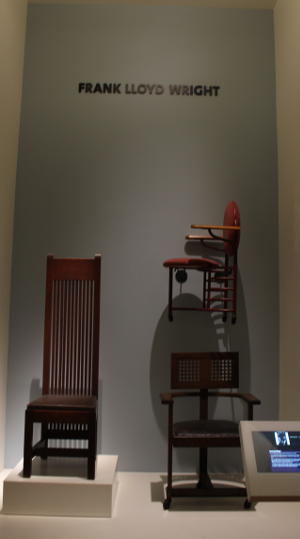
Until fairly recently, I'd never been all the way to the top floor of the V&A, where the furniture and ceramics are displayed. The top floor is much quieter than a lot of the rest of the museum but has a fascinating mix of art, craft and education.
I watched a few short videos on some new (20th Century) manufacturing techniques using PVC, Acrylic and other plastics, incuding injection moulding the Panton Chair (pictured below). An iconic design made out of molten plastic all in a single moulded piece.
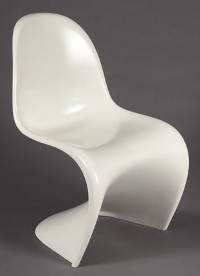
The actual video is available on Vimeo.
In addition to the industrial manufacturing processes, there are many educational videos on a lot of other things e.g. the dove-tail wood joint, another short video I watched and enjoyed. The classic production and decorative processes are well represented.
The V&A has a YouTube channel with lots of great videos that seem to cover almost everything : here.
A post on Thrillist (as linked on Ann Althouse's blog) is about a bubble in the US restaurant market that might be about to pop. It mentions some problems of running a business and made me think of many bits of London, and in particular Soho.
There's a Massive Restaurant Industry Bubble, and It's About to Burst
In the restaurant world, rent always sucks. Unless you manage to play it perfectly, as a restaurant owner you're either moving into a sketchy or "emerging" neighborhood where the rent is cheap but few want to go there, or you're overpaying for an established 'hood and need to be a runaway success from day one. And even if you do manage to make it in the former type of neighborhood, your success often ends up pricing you out of the 'hood you helped revitalize.
In Miami, Michelle Bernstein's Cena by Michy helped rebirth the MiMo historic district but was forced to close this year, after the landlord attempted to triple the rent. And even Danny Meyer had to close and move Union Square Cafe in New York, which, since 1985, had served as one of America's culinary landmarks, when he couldn't rationalize paying the huge rent hike the landlord proposed.
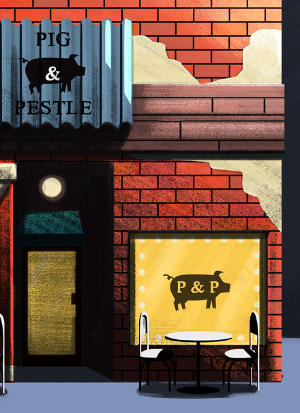
Rent (and rates) is just one of the problems but it's a big one, and affecting a lot of people in London as well. This seems to be especially true around an area like Soho, which has been "improving" for years now, cleaned up and much shinier than it used to be. A glut of new restaurants, food and coffee places come and go regularly, and I often wonder when "peak" food will hit. The rent has exploded as well and forced a lot of closure, or relocation. There is still so much new building and renovation going on and coming online; who is affording all this?
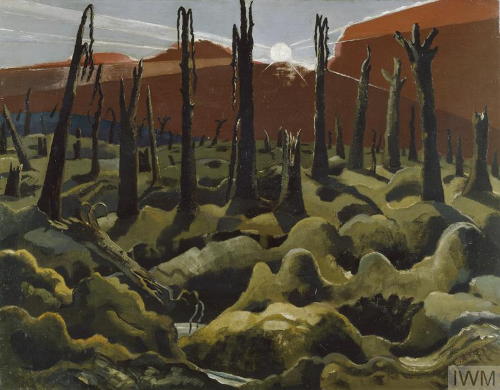
Well, happy new year everyone.
The above painting is We Are Making a New World by Paul Nash, painted in 1918. Nash would go on to do some great paintings during the Second War as well (see Totes Meer below). A new world was surely made.
These pictures are part of the Nash exhibition at Tate Britain, a big retrospective of his work. I don't bother with staying up celebrating the new year anymore and for the past few years I've made it a habit of visiting the Tate every January 1st and seeing the current show, having lunch in the cafe and turning my thoughts to the coming year. Nash reminds me of another English artist, Eric Ravilious, someone I wrote about in 2015. Their styles have some similarity and their working lives overlapped; to me, both impart a pre and post-war nostalgia of a lost era. A bit elegiac actually.
Nash's war paintings made his name, but he went on to do much more, including some surrealism (and was influenced by Giorgio de Chirico). I liked the exhibition, and you can see more at the Tate site.
Below: Totes Meer (Dead Sea), 1940-41. Oil.
